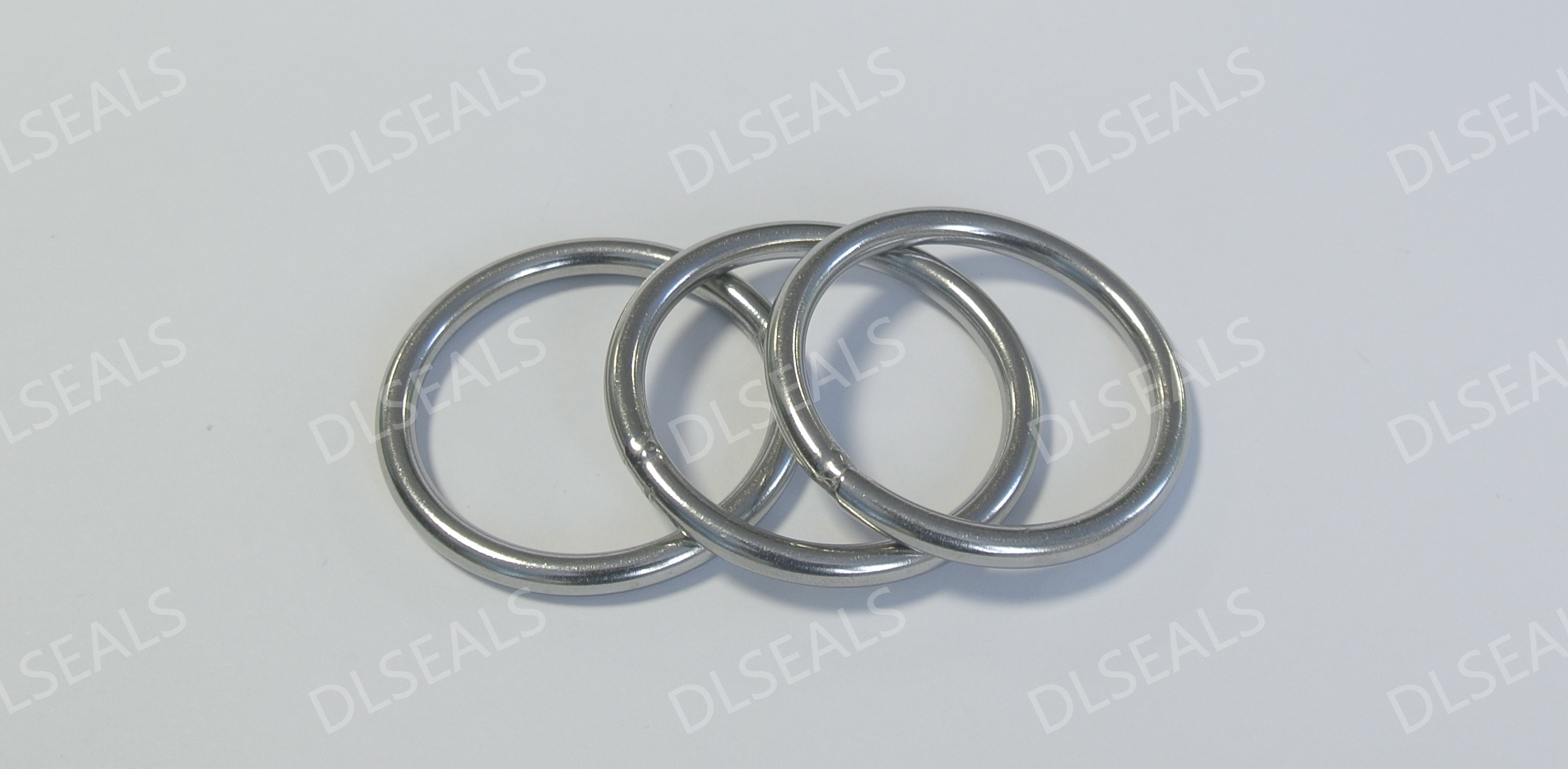
Metal O-rings are widely used in various industrial equipment. Their main function is to provide effective sealing and prevent leakage. Although they are simple in design, in actual applications, the performance of O-rings directly affects the operating efficiency and safety of the equipment. Therefore, regular maintenance and fault diagnosis are essential to ensure the normal operation of O-rings. This article will introduce the common faults, maintenance tips and fault diagnosis methods of metal O-rings.
1. Common faults
During use, metal O-rings may encounter the following common faults:
Aging and wear: Long-term use may cause the O-ring material to age and reduce elasticity, which in turn affects the sealing effect. Wear will also cause the O-ring to lose its original sealing ability.
Corrosion: Although metal O-rings have a certain degree of corrosion resistance, corrosion may still occur in special environments (such as high humidity or strong acid and alkali environments), affecting their service life.
Deformation: High temperature, high pressure or excessive distortion may cause the O-ring to deform, thereby affecting its sealing performance.
2. Maintenance tips
In order to extend the service life of metal O-rings and ensure their normal operation, regular maintenance is essential. Here are some maintenance tips:
Regular inspection: Regularly check the status of the O-ring, including its elasticity, surface condition and installation position. In particular, key inspections are required at the initial stage of equipment operation and at key nodes in the operation cycle.
Clean environment: Keep the O-ring and its installation environment clean to avoid contamination by dust, oil or chemicals. The O-ring and its contact surface can be cleaned with an appropriate detergent and soft cloth.
Avoid over-tightening: Avoid over-tightening during installation to avoid deformation or damage to the O-ring. Use appropriate tools and torque specifications for installation.
3. Fault diagnosis methods
When equipment fails, it may be related to the O-ring. Here are some fault diagnosis methods:
Leak detection: Check whether the equipment has leaks. Liquid or gas leak tests can be used to confirm whether the sealing effect of the O-ring is normal.
Material inspection: Check whether the material of the O-ring is aged, cracked or corroded. If problems are found, the O-ring needs to be replaced.
Dimension measurement: Use a measuring tool to check whether the size of the O-ring meets the specifications to ensure that it will not cause poor sealing due to size mismatch during installation.
Observe the operation of the equipment: During the operation of the equipment, observe whether there are any abnormal sounds, vibrations or other signs that may indicate that the sealing performance of the O-ring has been affected.
Conclusion
Metal O-rings play an important role in many industrial equipment, and their maintenance and fault diagnosis are essential for the long-term stable operation of the equipment. Through regular inspection, cleaning and maintenance, and effective fault diagnosis, the service life of the O-ring can be effectively extended to ensure the optimal performance of the equipment. When problems are found, taking appropriate measures in a timely manner will help maintain the normal operation and safety of the equipment.
Post time: Sep-11-2024
